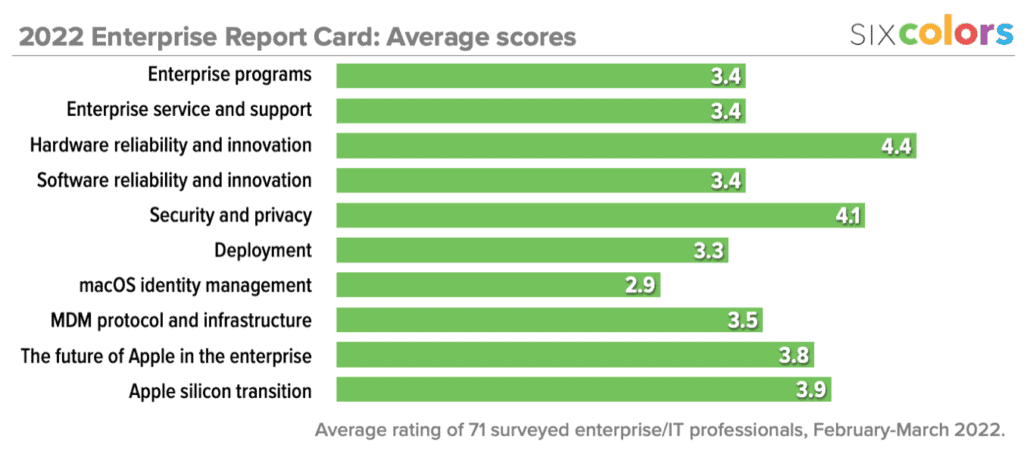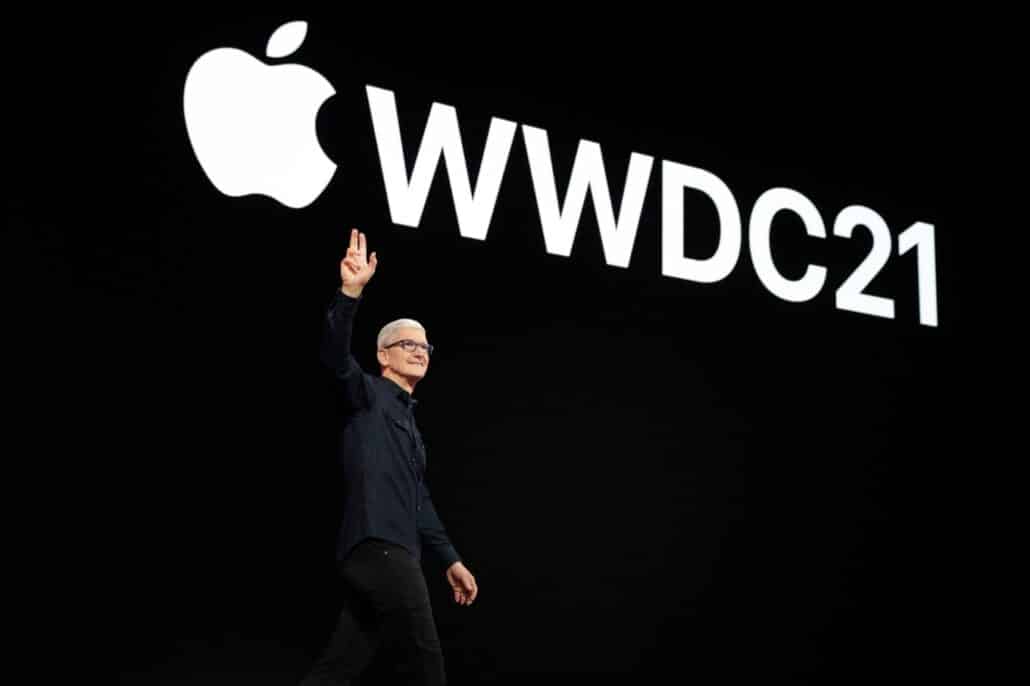
Big Mail may not be my next email client, but it’s aiming at the future
Old habits are hard to break, and when it comes to my very online life, there’s no habit older than email.
I’ve had an email address since roughly 1994, and over the quarter-century since, I’ve used everything from command line programs1 to webmail to native apps for reading, sending, and organizing my mail. But since around 2001, my mail client—Apple’s built-in Mail app—hasn’t changed.
Also, Apple Mail, well, it hasn’t changed.
That’s one big reason I was so eager to check out Big Mail, an app for the Mac, iPhone, and iPad which aims to use AI and machine learning to improve the email experience. Because, believe me, the email experience could stand to be improved.

Unfortunately, after the better part of a week of using Big Mail—even making a game attempt by replacing Mail in the dock on all my devices—my general conclusion is that while its full of good intentions, it’s hampered by an (admittedly somewhat Apple-like) insistence that it knows how to make your email work better. In sum: I don’t think it’s quite ready to be my email replacement yet, but what it’s doing ought to push the needle for mail apps everywhere.
At root, Big Mail’s guiding principle is that it should triage your email so that you don’t have to. This is one hundred percent something that I agree with, and if I take anything away from my time with Big Mail, it’s that I would very much prefer to spend less time thinking about email.
The way Big Mail accomplishes this is by identifying a variety of types of messages that you might receive, then categorizing them so that you can quickly look at only the mail that you really want to see.
Big Mail’s not the first to attempt this. Many mail clients and mail providers—including big ones like Gmail—have done this for some time, weeding out things like promotions and social media emails. Big Mail takes it a step further by breaking things down into a handful of common categories: conversations (emails with actual people), newsletters, purchases, and events. (There is no option for creating custom types, though Big Mail’s developers suggest that could come in a future version.)
Other emails get moved into more catch-all categories like Notifications or the not-quite-aptly-named Everything category. A top-level section called “The Latest” provides a sort of dashboard of your email, showing you the things that you might be most interested in.

To facilitate this organization process, Big Mail uses a tool it calls the Bouncer. When you receive emails from addresses that you haven’t corresponded with before, they’re collected into the Bouncer, where you go through and approve or ignore the messages. Approved senders are filtered into the appropriate category, and ignored senders vanish into the ether, never to be heard from again.
In theory, this is great. We all get a ton of email that’s not necessarily even spam so much as just notifications that we don’t generally care about: emails from services that we’ve signed up for or mailing lists full of discounts and sales. And so on and so on.

I occasionally go through fits of trying to unsubscribe from all the unsolicited email I get—an at-times Sisyphean task made all the worse by the fact that, in my earliest days of being a tech writer, I unthinkingly put my personal email address on a PR list for CES, an epic mistake which will no doubt haunt me until my dying day.
The idea of the Bouncer would seem to solve this issue, given that instead of trying to break free of those endless emails, I just never see them. And, to a certain extent, it works. When I ignore senders, their emails are sucked into a black hole and don’t show up.
For the most part, that works pretty well. You can fix accidentally approving or ignoring a sender, though it’s not obvious at first—you have to use the thumbs up/thumbs down icons in the Bouncer to see messages you’ve previously approved or ignored. (And I’m not entirely sure how long it takes for mail to scroll off those lists—my Ignored list seemed far smaller than I thought it was.) Part of me does wish the algorithm was a little smarter: given the amount of mail I get—which is a decent volume, though certainly not as high as some people—it still requires a fair amount of overhead to constantly approve or ignore senders.
There’s another sticky wicket with Big Mail’s approach: while I appreciate that it doesn’t touch my email account’s organizational hierarchy so that if I do pop over to another email client, my messages haven’t been moved into weird folders and whatnot, it also means that those ignored messages…well, they are literally ignored, meaning that they will sit in your inbox, unread. Seemingly forever.
The compulsive deleter in me was thus horrified to open up Apple’s Mail client and discover all those unread, undeleted messages just…sitting there, taking up space. I understand the complexity of the issue, and given that, I think that I’m glad they erred on the side of not messing with my inbox structure. However, it still meant that I ended up doing double-duty, triaging all those ignored emails in Mail at a later date.
Overall the design of Big Mail is not bad, though it does somewhat insist upon making everything look like a reader app in the vein of Flipboard or Apple News, which sometimes is a bit much when you’re just trying to look at an email reminder. The Events and Purchases sections, while very clever, ended up being somewhat less useful than I’d hoped. The same went for the Files section. Perhaps the opportunity to use them just didn’t arise during my trial period.

I also ran into some reliability problems. I tried to reply to one of my contacts and was not sure that the email went out, since Big Mail doesn’t seem to drop those in your email server’s sent box. (I ended up re-sending it from Mail.) Update: Big Mail’s developers reached out to mention that copying sent messages to your sent mailbox isn’t something iCloud does by default, and there’s an option to enable it in the preferences of the latest update. Sometimes the interface, especially on iOS, seemed to die, not responding to taps.
And more than a few times, I got an error saying “Big Mail couldn’t understand your mail provider” which…I mean, sure, been there, but as I’m just using iCloud, that seems a little surprising.
Additionally, I ran into some problems with state syncing between Big Mail on different devices. On my MacBook Air, the Newsletter section would only show a single issue of the New York Times daily newsletter (from a few days prior), whereas my iPhone had many other things that I’d also categorized as newsletters. (I also wish that Newsletters were more clearly dated.)

If you notice that this review has been a little short on features beyond categorization, well, that’s because there isn’t a lot beyond that in Big Mail. Yes, you can star a message or dump it in a Reply Later queue, there’s a decent search feature, and it blocks tracking by default, but that’s about it. Big Mail, when it comes down to it, is about one thing: email triage.
I also have to mention one little pet peeve: the use of red at the top of the app’s icon, which out of the corner of my eye always made me think I had unread messages. It also reduced contrast when there legitimately was a new-email badge on the icon.
Look, I get that a lot of these are things that can be chalked up to my personal usage of email. But the very longevity of email’s existence makes it by definition personal. Many people have been dealing with email for decades, and we all have our own systems—there isn’t a one-size-fits-all approach.2
Of course, Big Mail has its work cut out for it, not least of all because most people probably don’t pay for mail clients, much less spend a subscription fee. Big Mail costs $10 a month—subscribing for a year upfront lowers that monthly cost to $6.49. I certainly don’t begrudge the developers for charging: I prefer it over wondering how exactly a product is supposed to make money (and generally suspecting that it’s somehow on my information). But, that said, if I’m going to spend that much money on a product, it has to provide a measurably better experience than what I’ve got. Right now, for me, it doesn’t.
In the end, what I loved the most about Big Mail was its ambition. For a little while there, email was bothering me less, and I appreciated that. If nothing else, I hope Big Mail jolts some folks at other mail providers and email client developers (including Apple, who seemingly love to tout the virtues of AI and machine learning everywhere else) to realize that email can be improved. Because it’s not going away anytime soon and, frankly, it’s kind of a mess.






